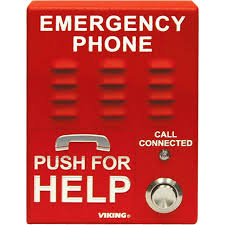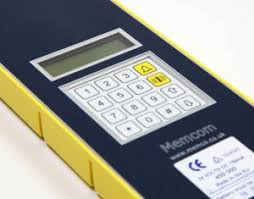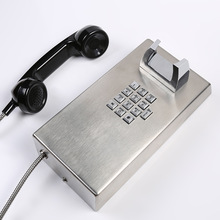Fully monitored GSM connection for an Emergency Phone

The Viking 1600A Emergency Phone provides hands-free operation and can be used in most applications. Also available with Enhanced Weather Protection.
Emergency Phones are used in Passenger Lifts, in Fire Refuge areas and for access authorisation at remote sites. There are situations where an emergency phone can provide a method to get help from an external resource. A monitoring centre is such a resource because it deals with emergencies as routine with pre-planned processes.
A reliable means of contacting the monitoring centre is required that is easy to use. The location and environment where the emergency phone is needed will drive the selection of the type to be used. We have provided network connections for those pictured as well as others.

The Avire Memcom+ is an emergency phone for Lifts and is normally not seen by lift users as it is normally installed on top of the lift-car. It has a microphone and speaker for the lift users.
The emergency phone needs a reliable network service and, while the standard BT land-line (PSTN) is reliable, it is not cheap to run and little-used lines do get cancelled for reasons of cost and sometimes in error. Our communicator has low running costs combined with constant supervision by the monitoring centre.
The SPT4 communicator uses a GSM network connection and simulates a PSTN phone line. It also used mobile data (GPRS) to send regular messages to the monitoring centre so that its status is always known.
When the emergency phone is used, the monitoring centre gets an immediate alarm message to tell them that a call is imminent and then a pre-programmed number is dialled to connect the emergency call. Alternative numbers can be programmed for daytime/out of hours usage or for a list (max 6) of possible responders.

This is a rugged wall-mounting stainless steel telephone with an armoured cord for the handset
The Terrier system monitors the status of the communicator and its network connection 24/7. Should a problem occur, the monitoring centre will receive an alarm message and a maintenance response can be scheduled.

Recent Comments